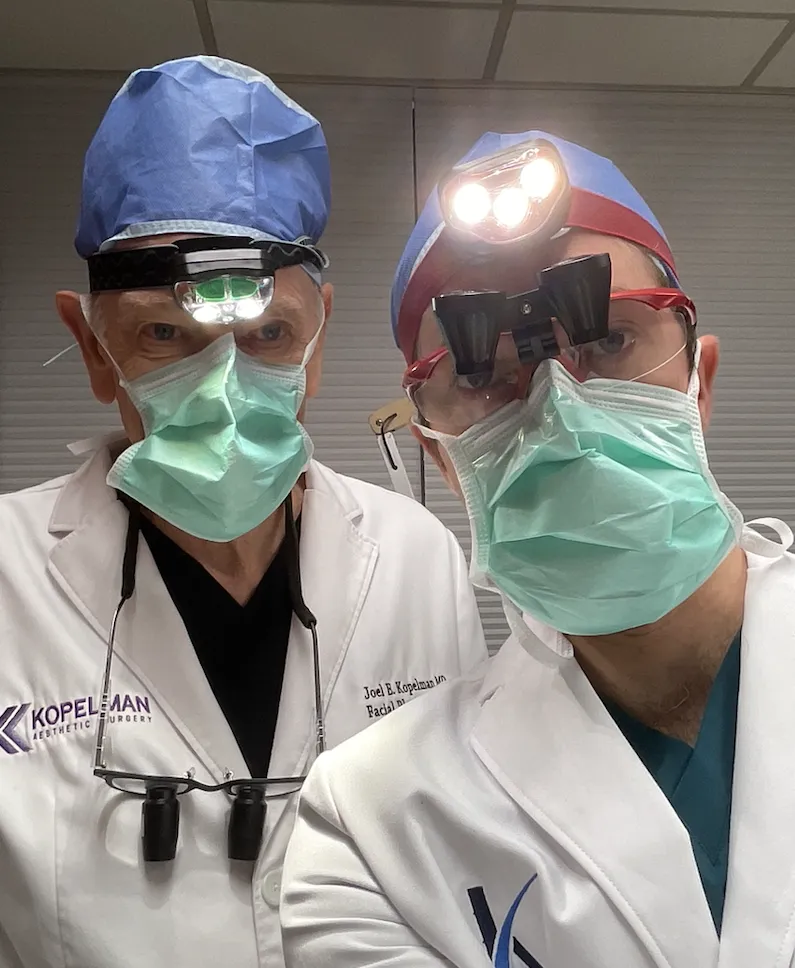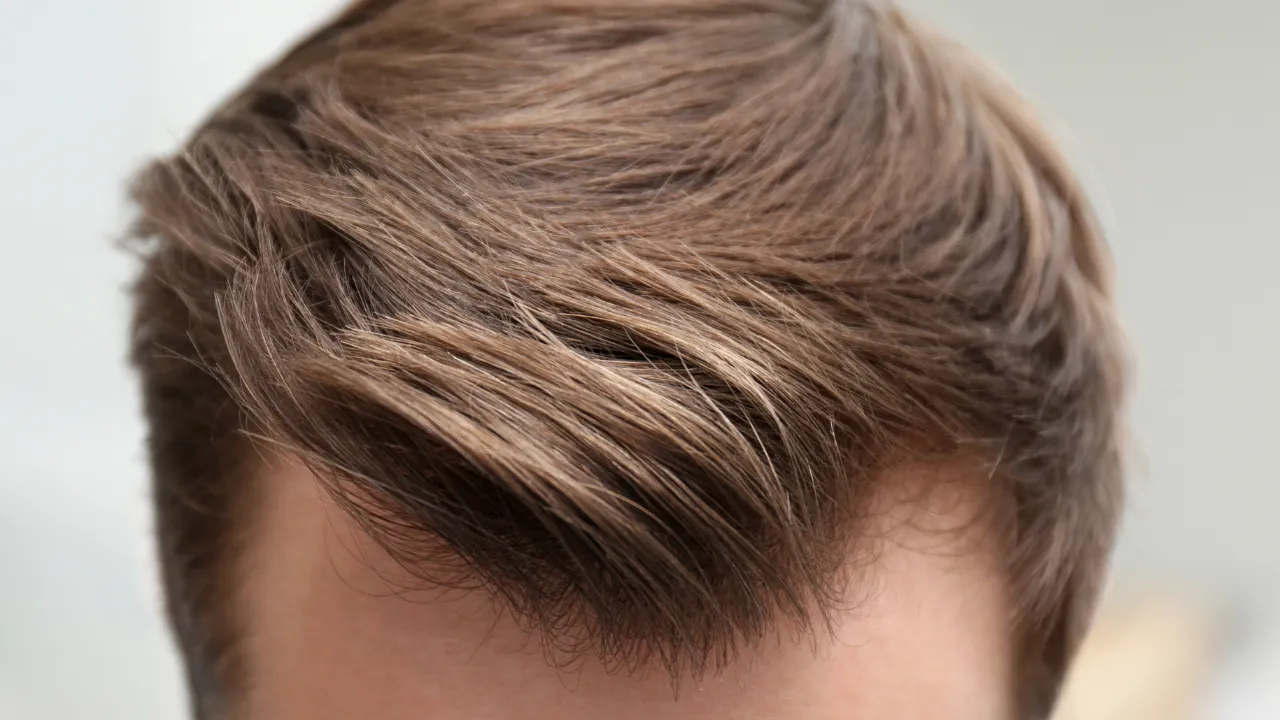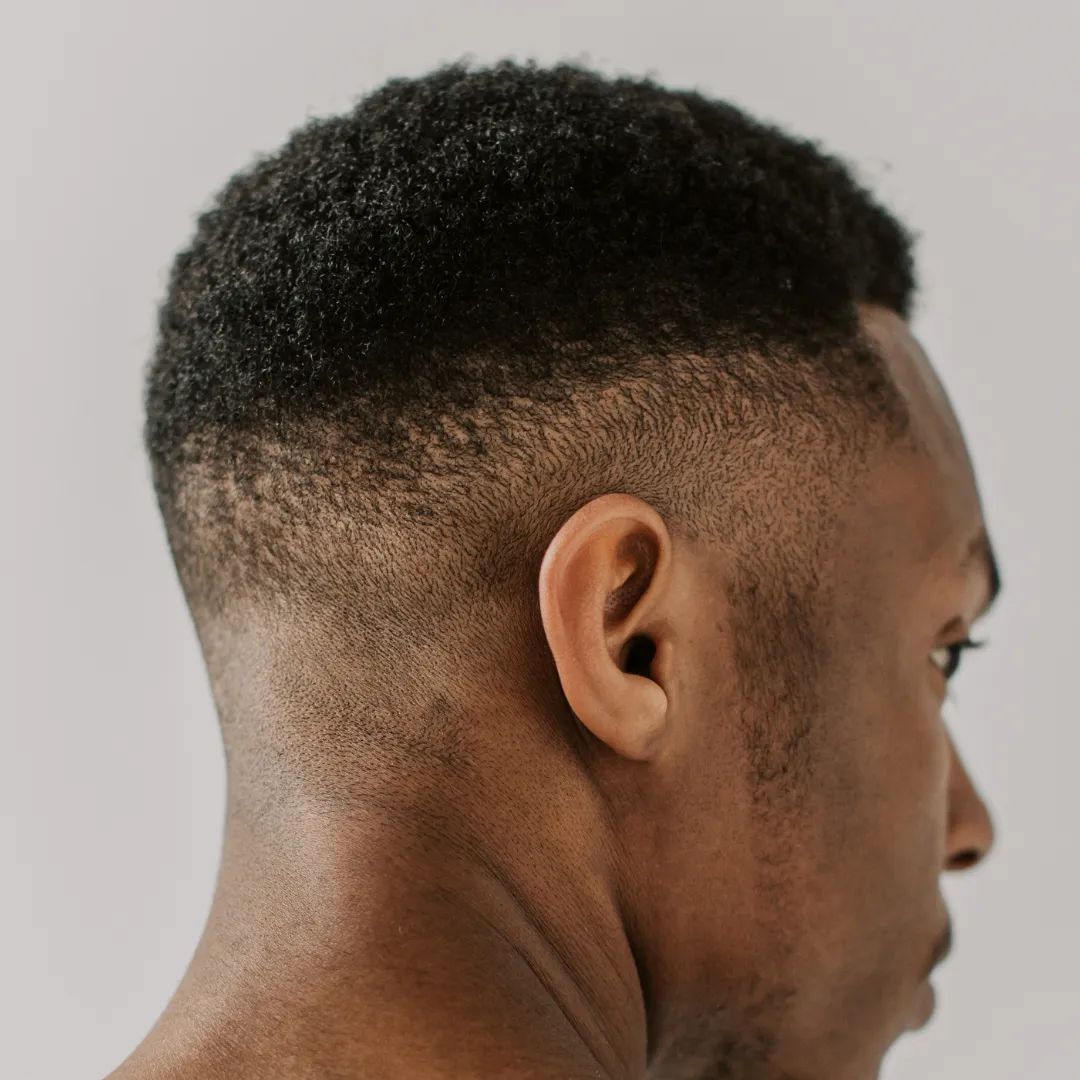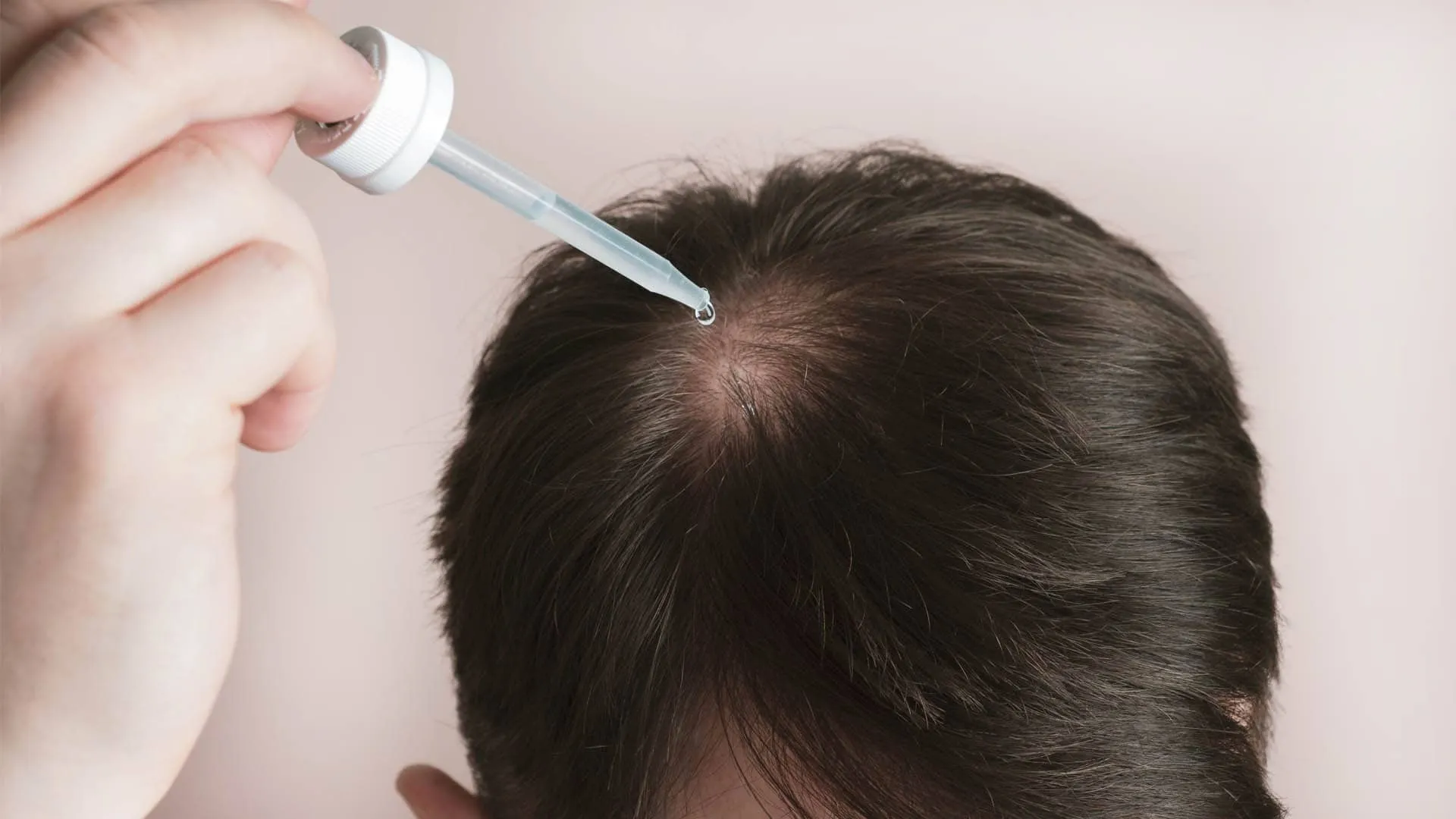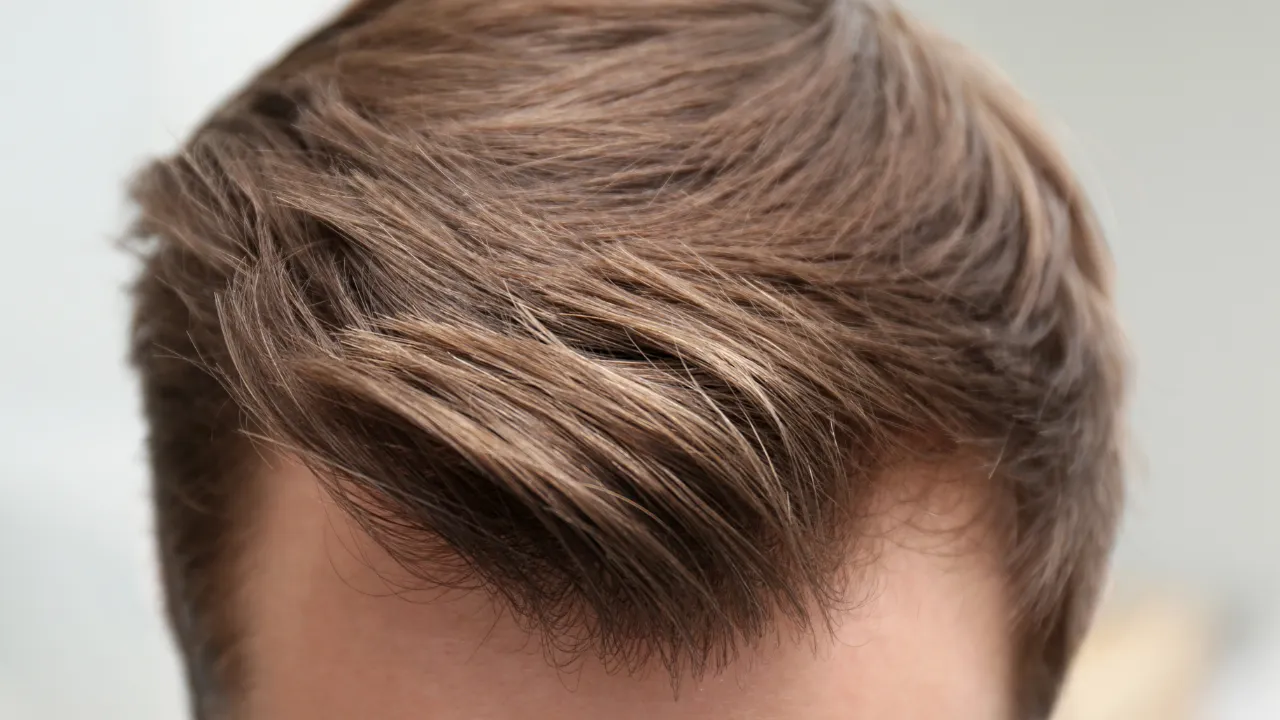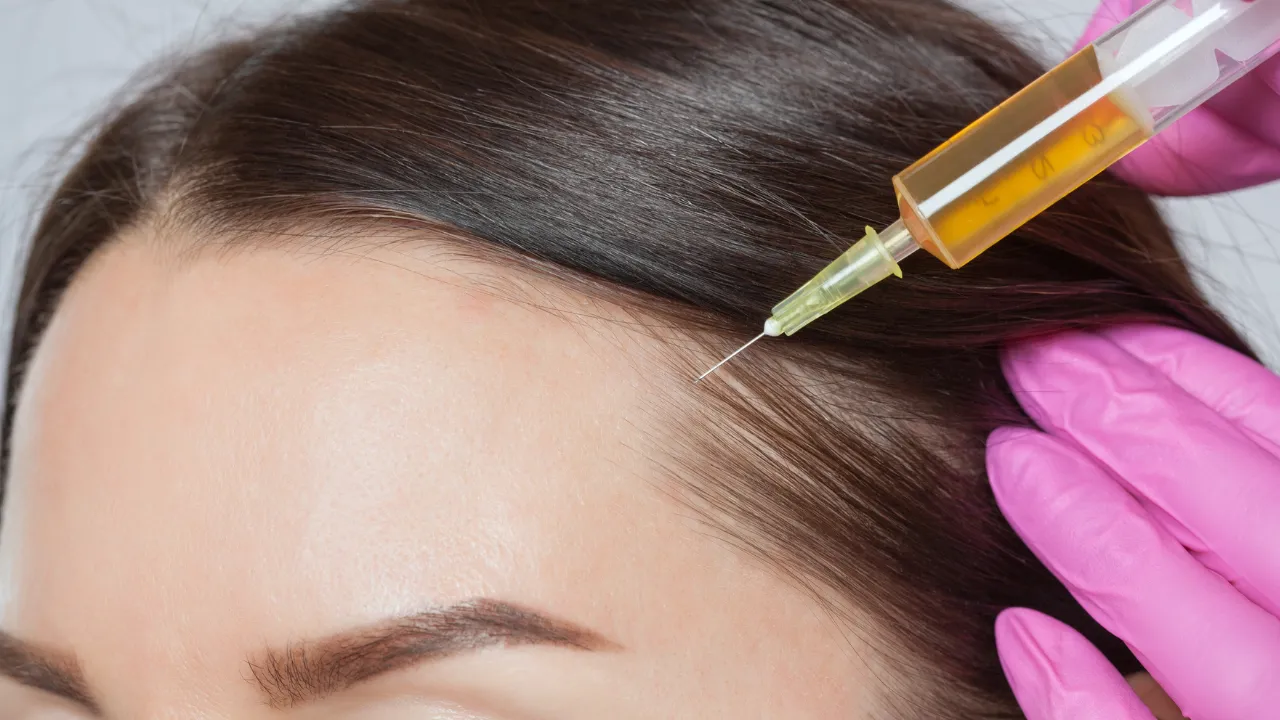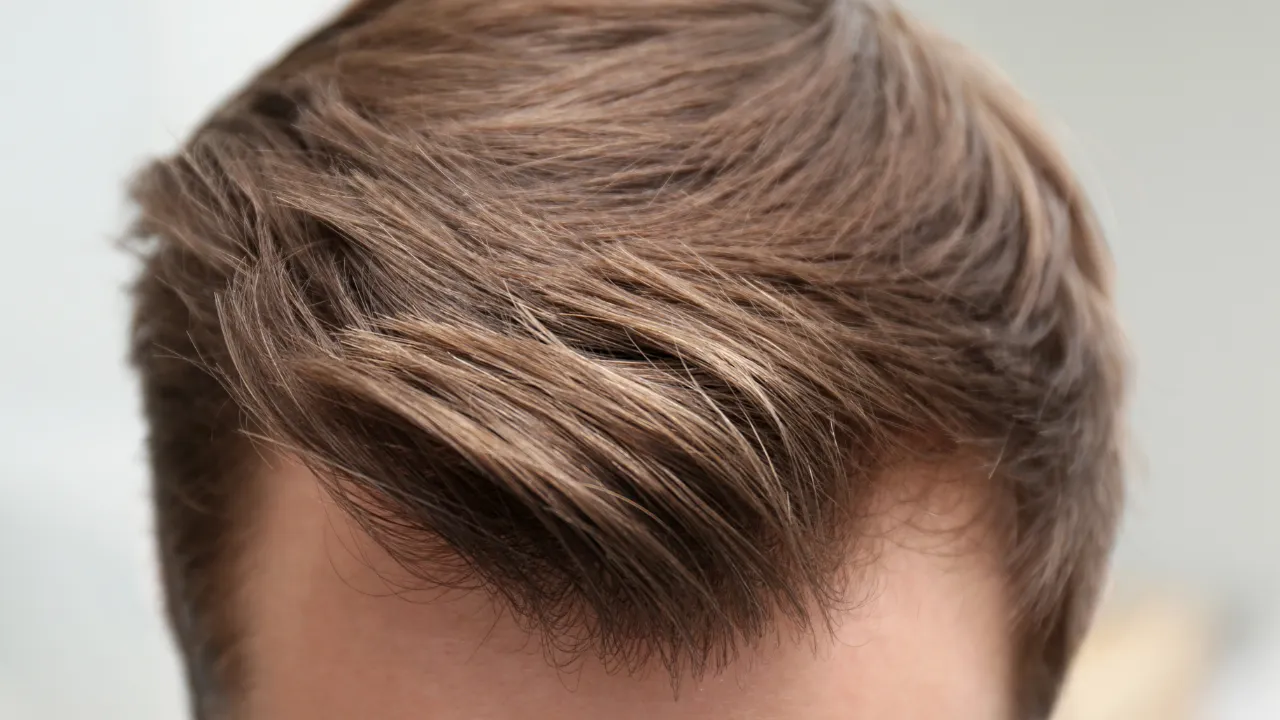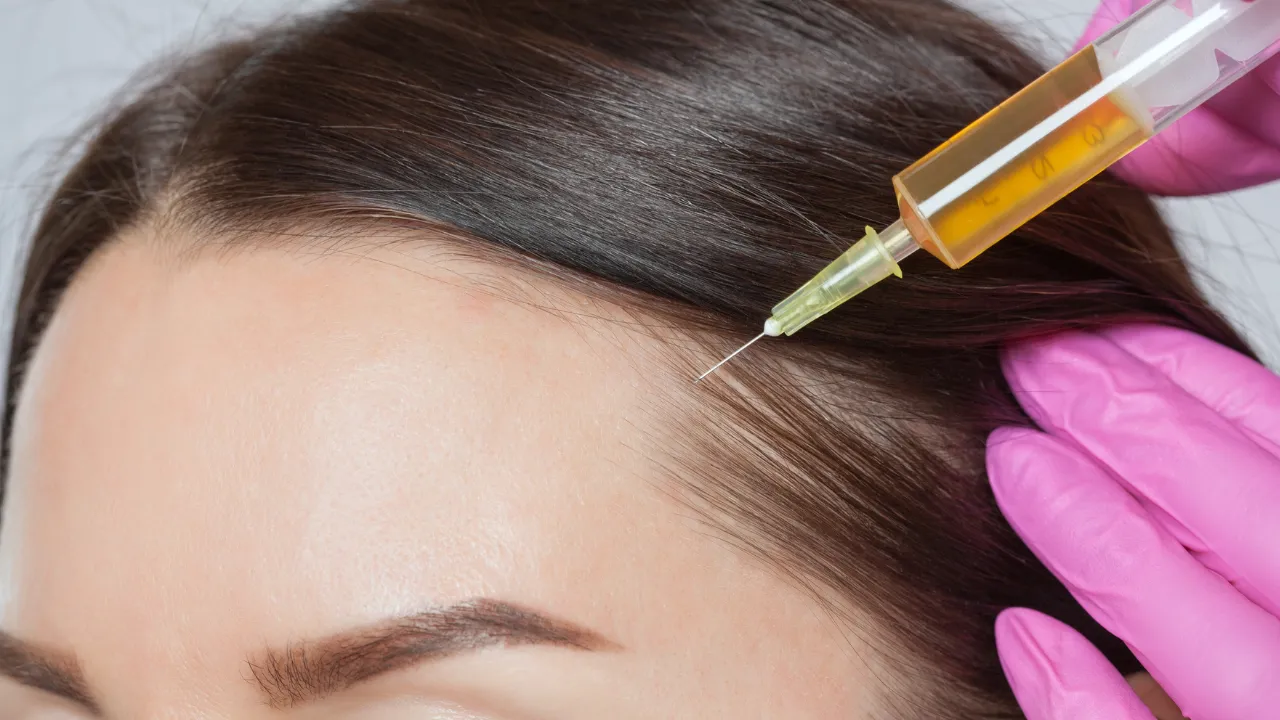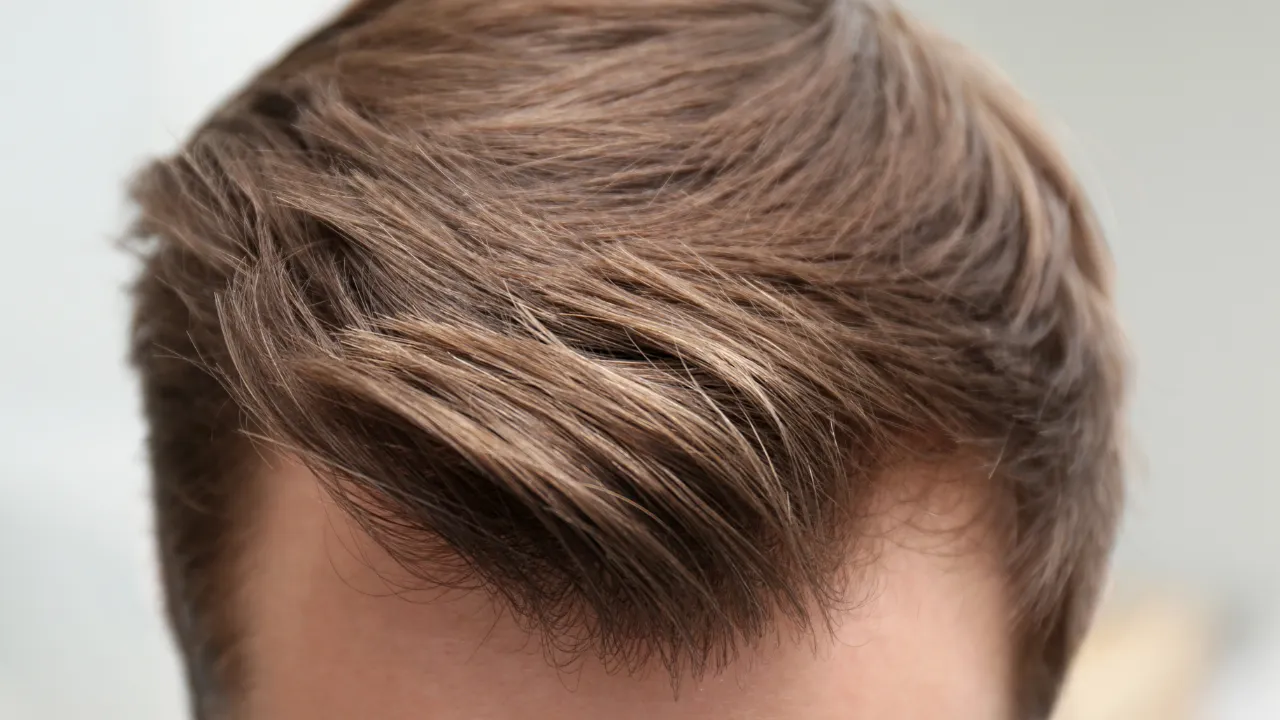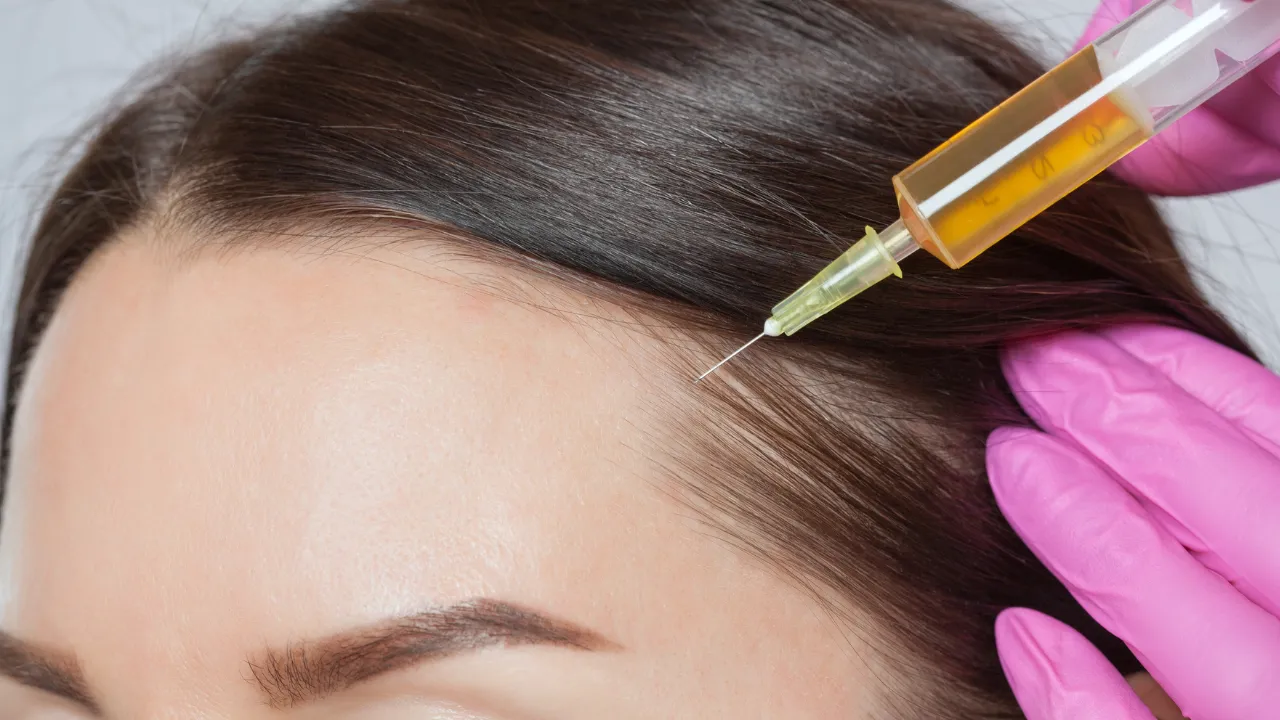Looking for the best hair transplant in the USA? Many patients choose FUT hair transplant surgery in New York for its lasting results and high graft yield. At Kopelman Hair, Dr. Ross Kopelman specializes in FUT transplants in NYC, offering advanced care with natural-looking outcomes.
FUT continues to be a very popular hair transplant technique we use to achieve natural looking outcomes.
Follicular Unit Transplantation (FUT) remains a proven method, especially for those seeking FUT hair transplants in NYC. It involves removing a strip of tissue from the donor area and dissecting it into grafts for transplantation.
Follicular Unit Transplantation (FUT) involves removing a strip of scalp with healthy hair from the back of the head and then dissecting it into individual follicular units. These units are then transplanted to areas experiencing hair thinning or baldness. FUT is known for its ability to provide a large number of grafts in a single session, making it ideal for patients with significant hair loss.
Compared to FUE, FUT restoration in NYC can provide more grafts in a single session, making it ideal for advanced hair loss cases. Patients who undergo FUT hair transplant NY procedures often experience denser coverage, especially in the crown and frontal zones.
Posted on

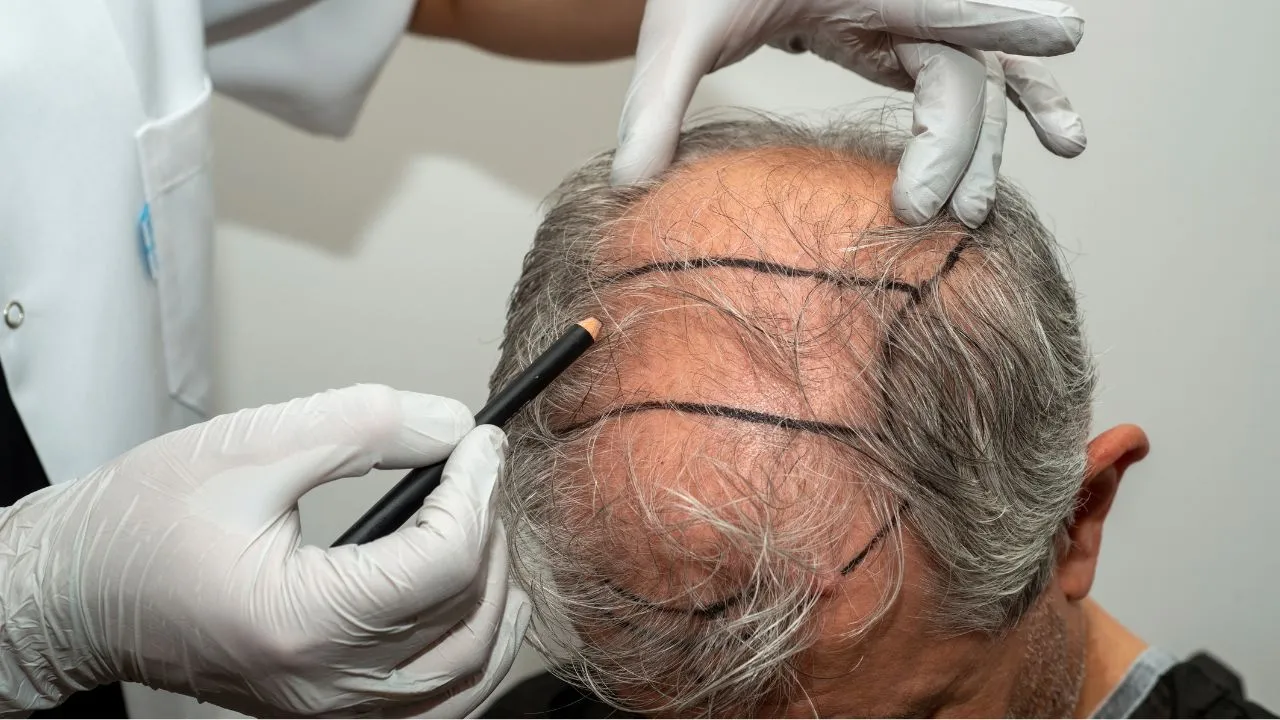
Dr. Kopelman and Kopelman are both hair restoration surgeons who specialize in the advanced technique of Follicular Unit Transplantation (FUT). Under their skilled hands, patients can expect a personalized approach to FUT. Each procedure is tailored to suit the unique hair restoration needs of the individual, ensuring that the results not only enhance their appearance but also boost their confidence.
If you’re ready to restore your hair with confidence, schedule a consultation with Dr. Ross Kopelman, trusted for the best hair transplant in the United States.
Private Consultation with Dr. Kopelman for FUT
Review of Medical History & General Health
Tailored Recommendations for Your Hair Restoration
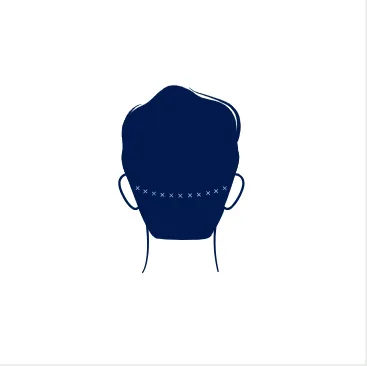

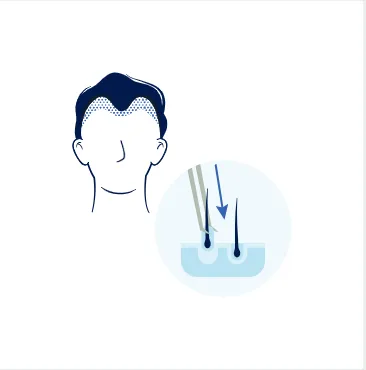





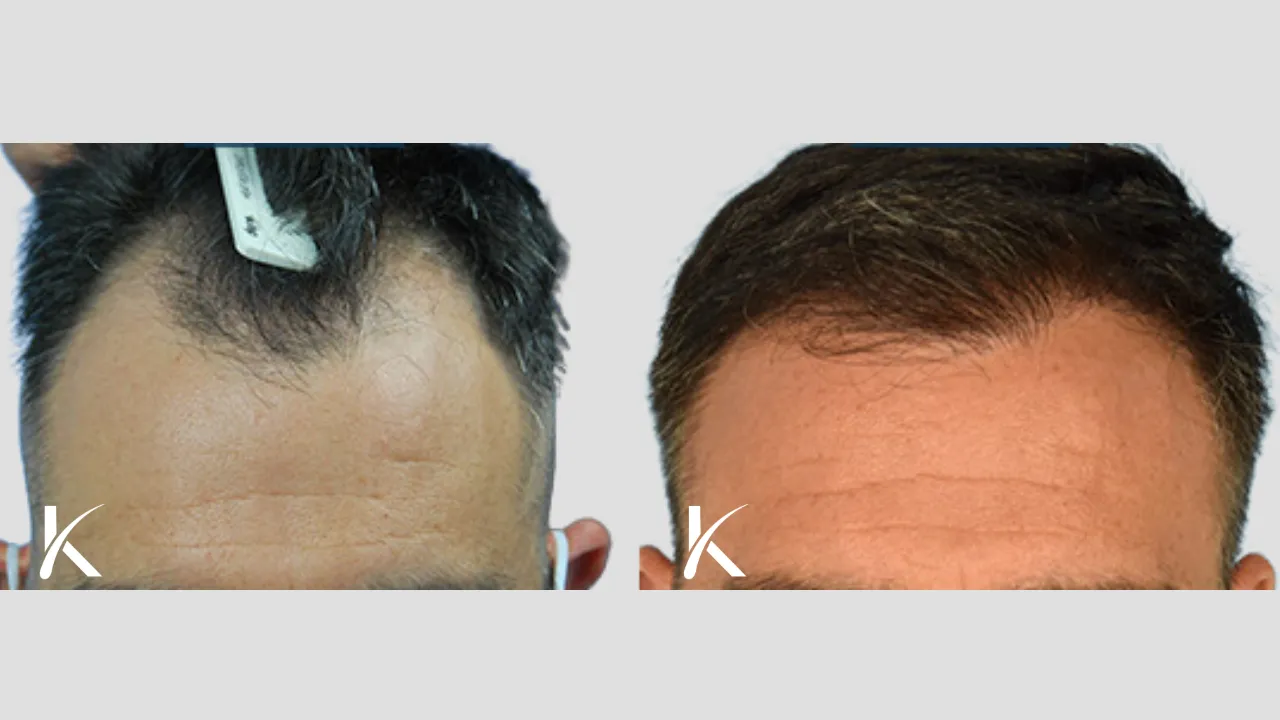
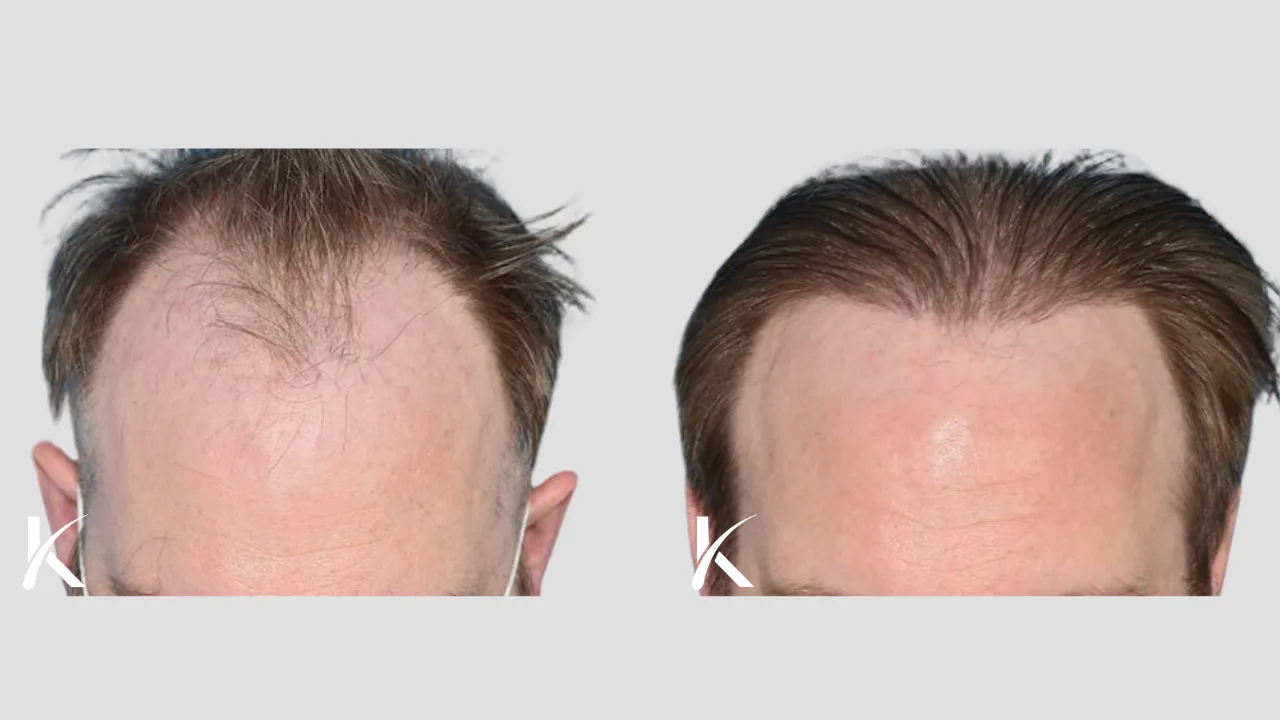
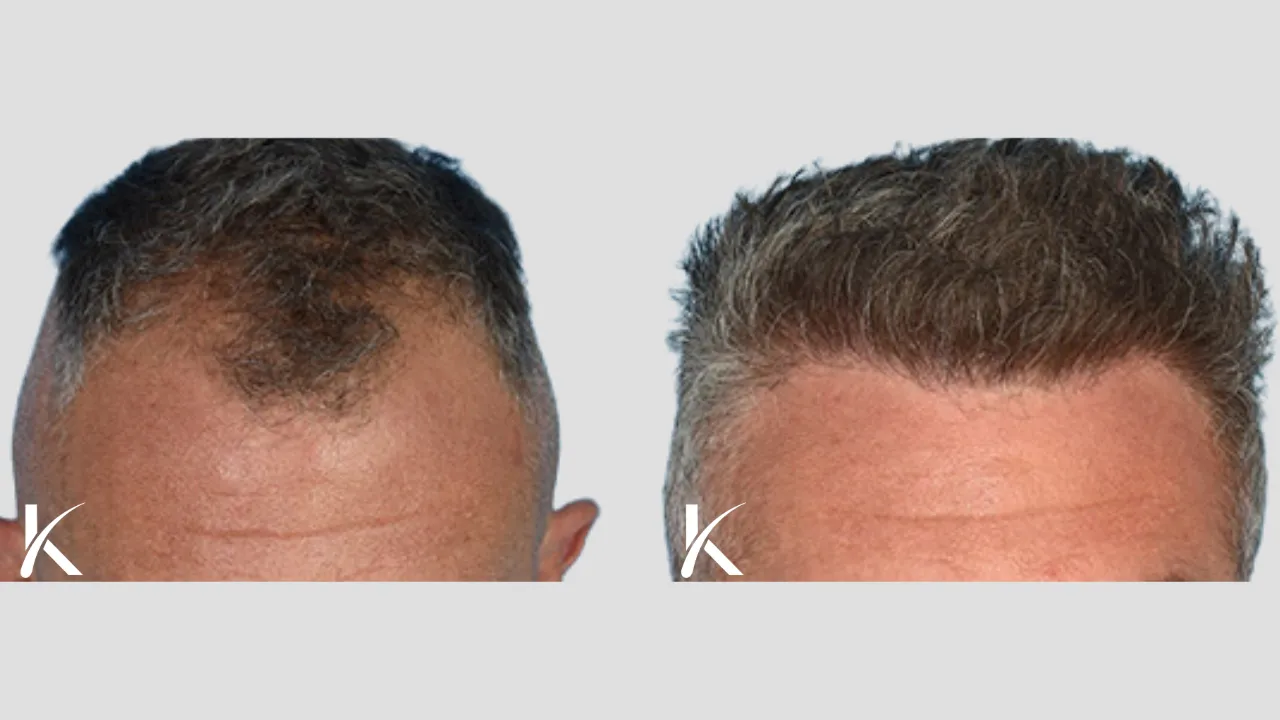
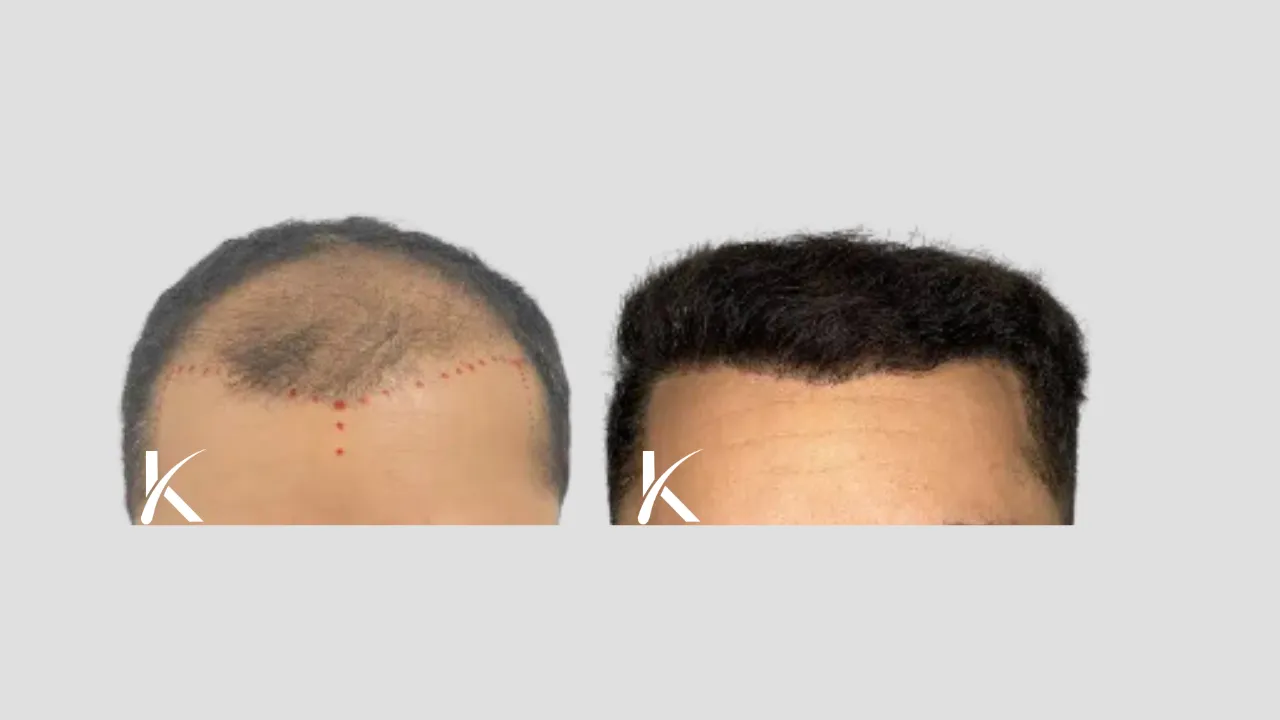
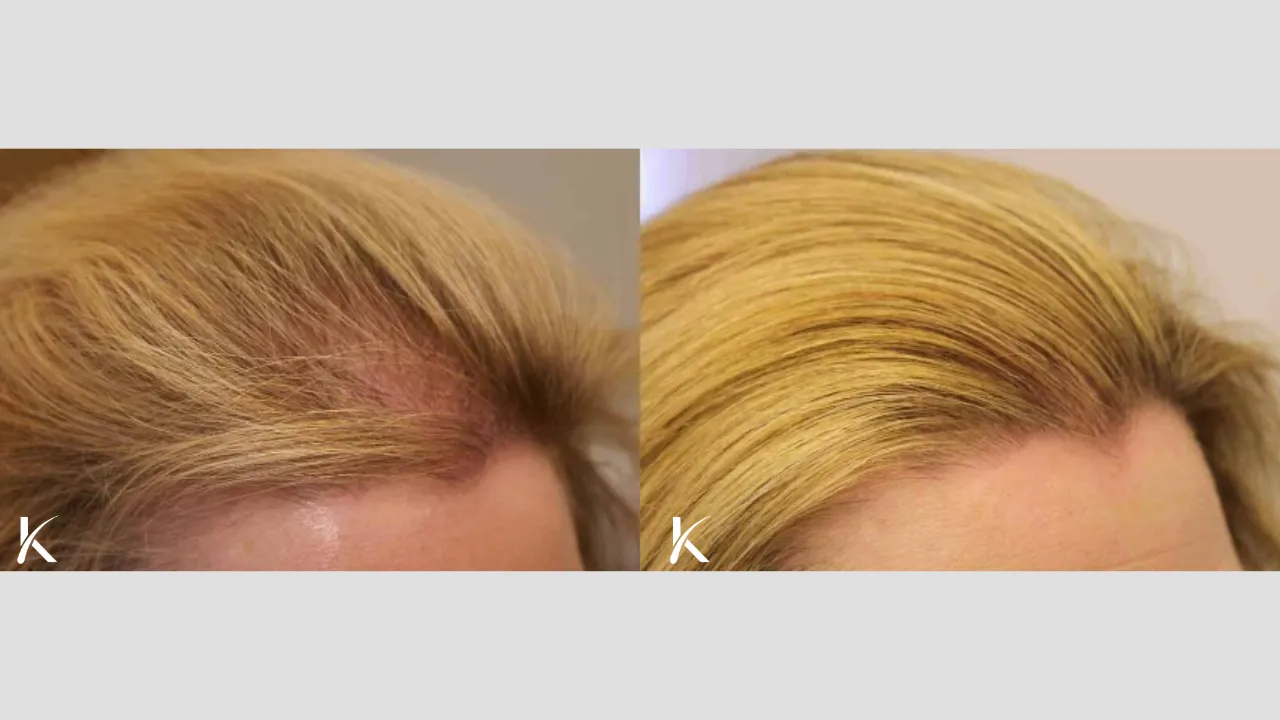
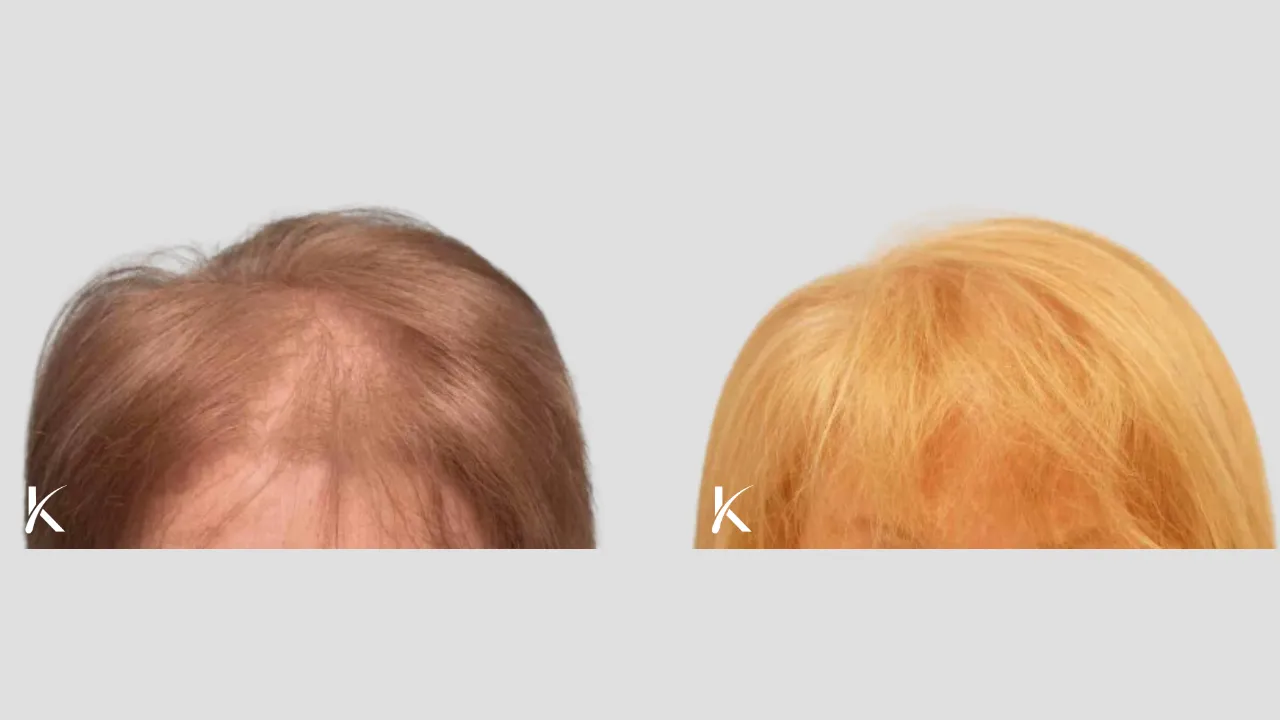
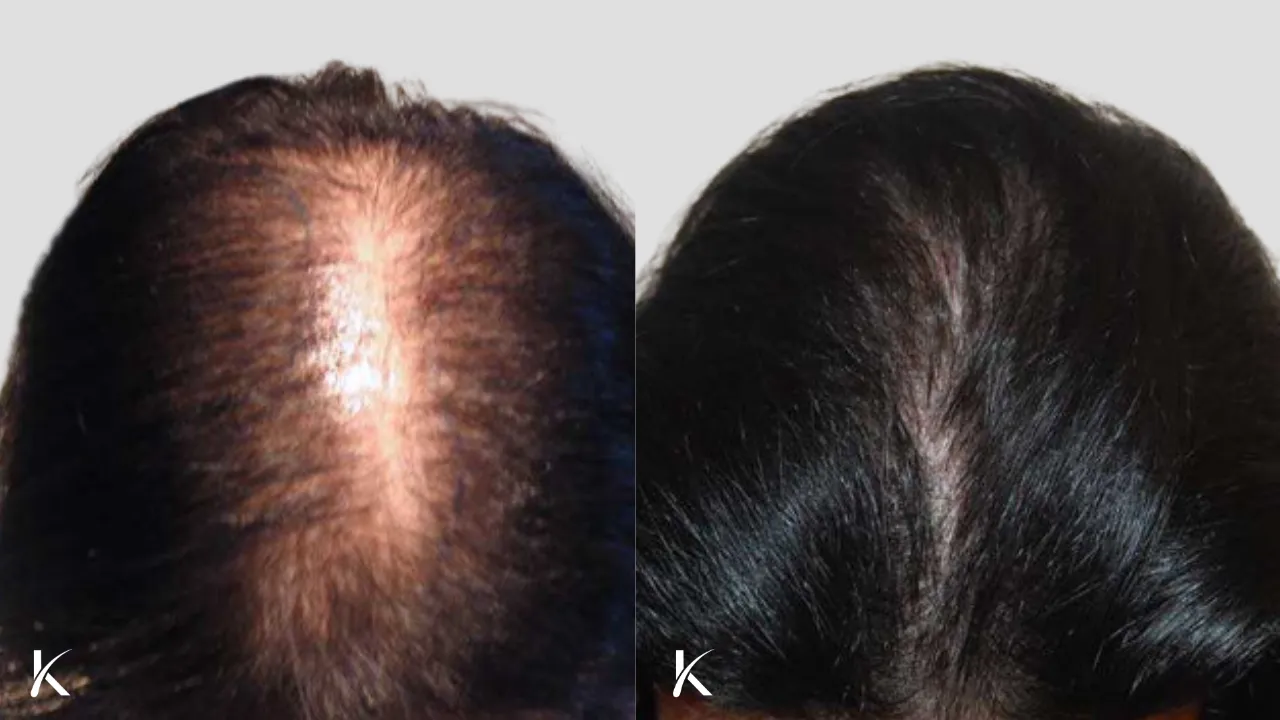
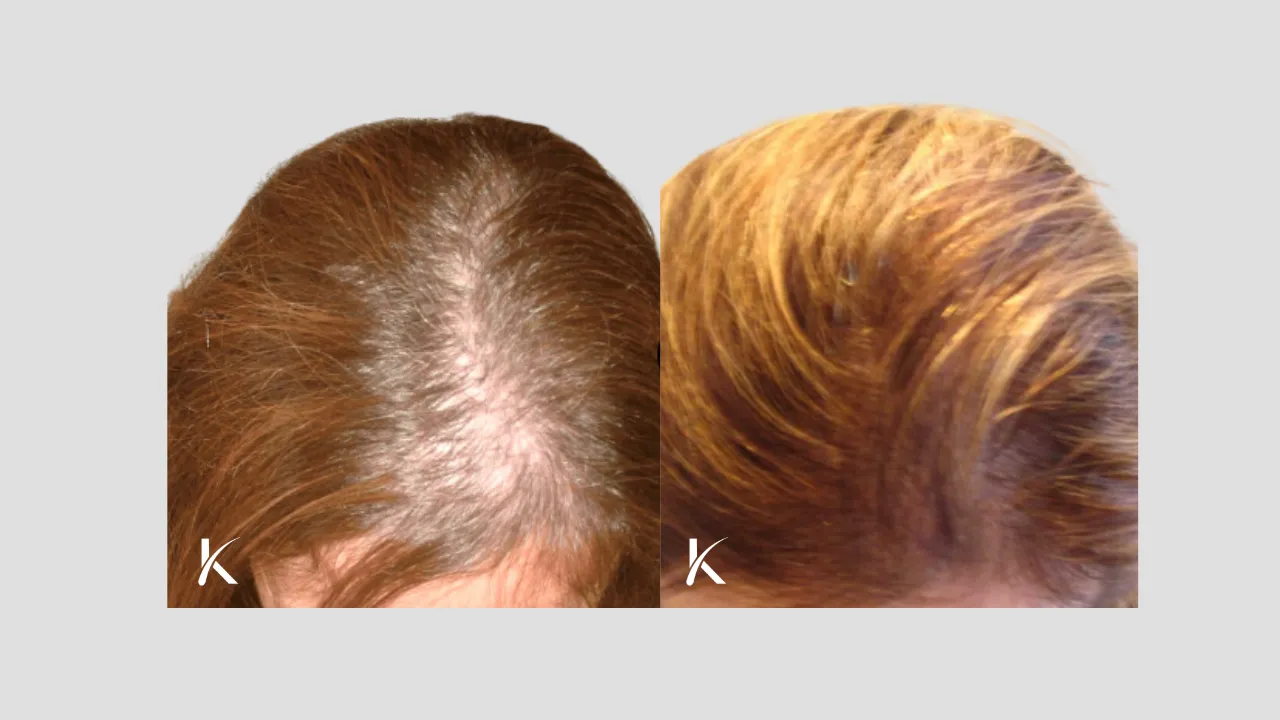
The average cost of an FUT hair transplant may be between $15,000 and $25,000. The price may be even higher at some clinics.
